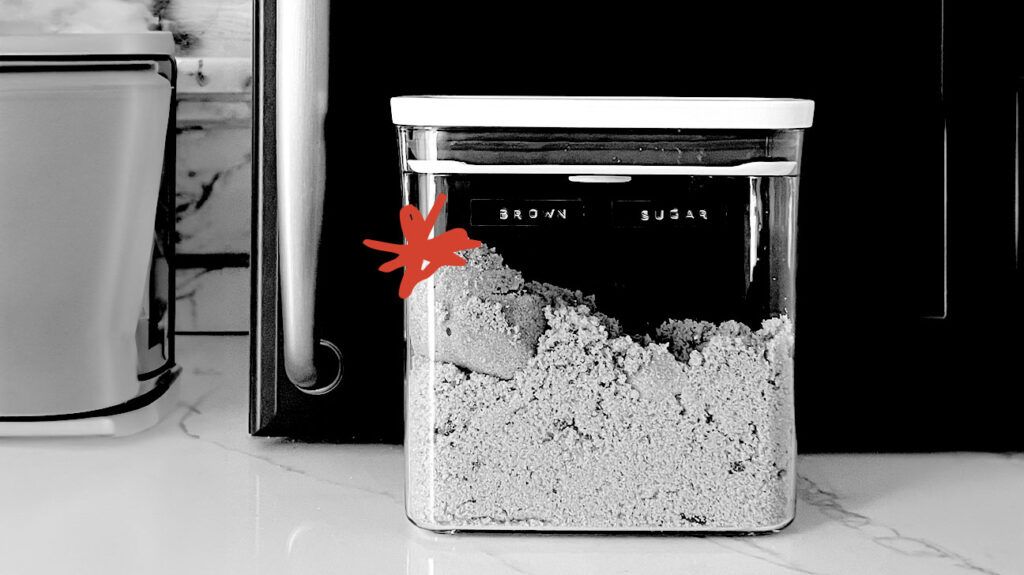Reducing sugar intake can sometimes lead to temporary detox or withdrawal symptoms. Some examples of sugar withdrawal symptoms are cravings, headaches, bloating, and irritability.
Less than 10% of a person’s daily caloric intake should come from added sugars, according to the
Regularly eating or drinking too much added sugar can have adverse health effects, such as:
- weight gain
- increased risk of diabetes and heart disease
- fatigue
- cavities
- acne
In this article, we explore the symptoms of sugar withdrawal, treatments, and tips for cutting out sugar safely.

People may experience unpleasant symptoms when they initially cut sugar from their diets. These can include:
- cravings for sweet or high calorie foods
- headaches
- lack of energy
- muscle aches
- nausea
- bloating
- stomach cramps
- irritability or anxiety
- feeling down or depressed
These symptoms are usually mild and temporary. They should subside without treatment after the body adjusts to lower sugar intake.
Numerous
In a
Several
When people drastically reduce their sugar intake, they may experience withdrawal symptoms, such as headaches, cravings, and mood changes. These should go away within a few days or weeks.
Many of the symptoms associated with sugar detoxes occur as a result of fluctuating blood sugar levels. When a person eats sugar, their body breaks it down into glucose, which the cells use for energy.
In most cases, consuming sugar causes and an initial boost of energy followed by a rapid decrease in energy, or a blood sugar “crash.” People can minimize the adverse effects of sugar detoxing by regulating their blood sugar. Eating regularly and including more fiber in the diet can help avoid spikes and drops in blood sugar and decrease cravings.
Magnesium
Magnesium is an essential mineral that promotes numerous bodily functions, such as protein synthesis and blood sugar regulation.
According to the findings of one
Magnesium supplements may also reduce symptoms of headaches and migraines, according to the
Rich sources of magnesium include:
- spinach
- peanuts
- black beans
- nuts and seeds
- whole grains
- milk
- poultry
- beef
People can minimize symptoms of sugar withdrawal with the following lifestyle tips:
- eating protein to help control appetite and reduce cravings
- drinking enough water to prevent dehydration, which may cause new headaches or worse existing headaches
- exercise regularly to release endorphins and regulate blood sugar levels
Glucose is the primary and preferred source of fuel for the brain and body.
However, many people can benefit from reducing their added sugar intake by instead choosing fruits and vegetables, which provide vitamins, minerals, fiber, and naturally occurring sugar for energy. Including fibrous, complex carbohydrates can help deter cravings and minimize a sugar withdrawal.
People can increase their chances of success, reduce cravings, and minimize sugar withdrawal symptoms by using the following tips:
Avoid the following foods and drinks:
- Sugar-sweetened beverages: Sodas, fruit juices, and energy drinks are the leading sources of added sugars, according to the
Centers for Disease Control and Prevention (CDC) . Drink water and unsweetened coffee or tea instead - Candies and sweets: These food items contain high quantities of added sugar. Try replacing them with fresh fruit.
- Baked goods: Cakes, cookies, and even certain types of bread contain added sugars. Avoid these refined carbohydrates as much as possible.
- Low fat foods: Food advertised as low fat or fat free often contain added sugars to offset the missing fat.
Combat cravings by:
- Eating more protein: Animal and plant-based protein sources can help regulate the appetite, according to one
2014 study . - Snacking on fresh fruits: People who experience intense sugar carvings can satisfy their sweet tooth with a piece of fresh fruit. Unlike candy bars and cookies, fruits contain naturally occurring sugars and fiber. Learn about low sugar fruits here.
- Getting enough sleep: A lack of sleep may cause cravings for unhealthful foods, according to one 2018 study.
- Relaxing and avoiding stress: The findings from this
2015 study suggest that chronic stress may contribute to food cravings.
Learn about the no sugar diet, and tips for reducing sugar intake here.
People may want to see a doctor if their symptoms interfere with their ability to perform regular activities.
People should also seek medical attention if they experience symptoms of severe low blood sugar, or hypoglycemia.
- dizziness or lightheadedness
- confusion or trouble concentrating
- loss of balance
- irritability
- irregular heartbeat
- inability to eat or drink
- loss of consciousness
- seizures
People who want to eliminate sugar from their diets can expect to experience some uncomfortable side effects, which should resolve within a few days or weeks.
With a little planning, people can successfully cut out sugar while minimizing the symptoms of a sugar detox.
Eating protein and fiber, getting enough sleep, and staying hydrated can help people stay on track while their bodies adjust to a low sugar diet.
